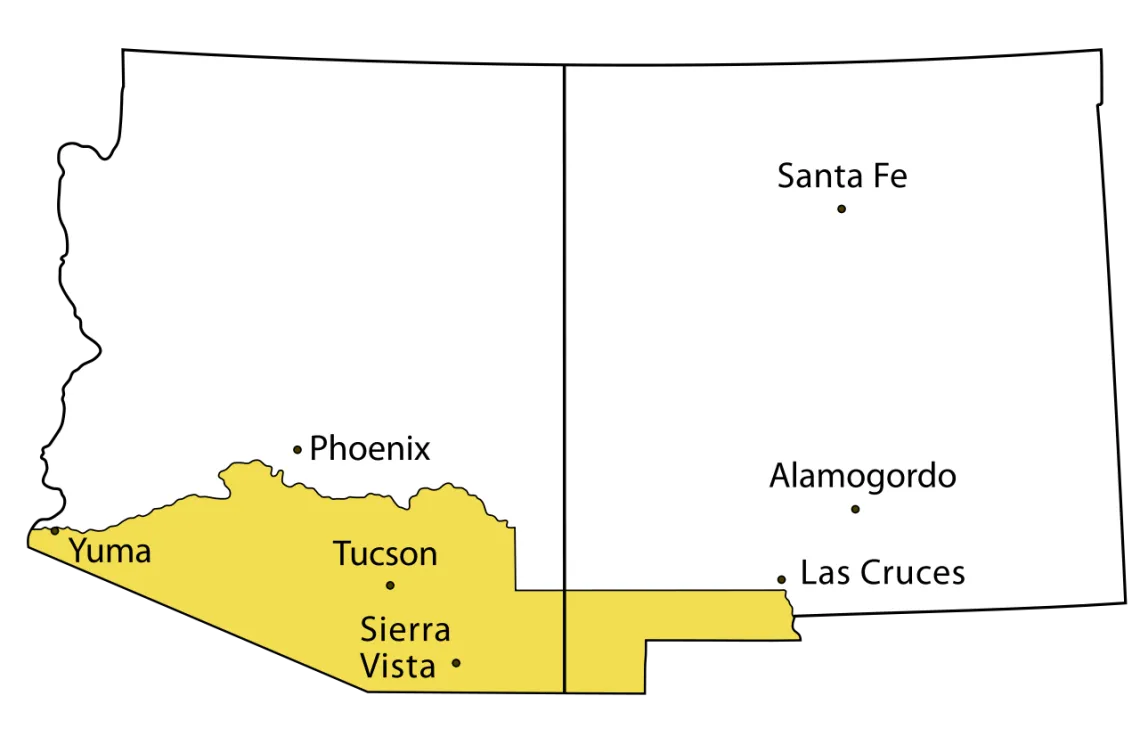
Gadsden Purchase, 1854.
The Mexican Wars for Independence began in the second decade of the 19th century and culminated in 1821. Although the struggle did not directly impact the region, the consequences were substantial. The Spanish troops that were stationed at the presidios were withdrawn and the relatively successful administrative policies for pacifying the Apaches were abandoned. As a result, Apaches returned to raiding the various Hispanic and Native settlements for livestock and subsistence. In addition, the Mexican government issued a series of expulsion decrees between 1827 and 1835 that targeted all Spaniards, including Spanish clergy, in retaliation for Spain's efforts to reconquer its former colony. Finally, the federal policy of secularizing the missions (1833-1836) sought to transform some mission lands into private property, while returning other mission lands to Native communities. In southern Arizona and northern Sonora, however, most Franciscan-administered missions had been in decline since the wars for independence from Spain. Ultimately, these factors led to the abandonment of all of the missions in southern Arizona except San Xavier del Bac, south of Tucson.
The continuing devastation wrought by the Apaches and the failure of the civil authorities to mount a concerted response resulted in the abandonment of many smaller, outlying settlements. Population became concentrated in and around Tucson, with dispersed adobe hamlets emerging throughout southern Arizona via land grants such as the Canoa, Babocómari, and Los Nogales de Elías. Moreover, continued civil discord in central Mexico and the inability of the federal and state governments to establish effective administration in the northern frontier resulted in the isolation of the southern Arizona population. These issues caused a shift in the economic orientation of people living in the border, and they aligned with the expanding economic and financial interests of the United States. With the opening of the Santa Fe Trail by Americans in 1821,for example, the southwestern region became closer to the overland and sea routes that supplied communities along the Mississippi River, as well as the western region of the United States. Although Mexico retained southern Arizona after the Mexican-American War (1846–1848), it was eventually acquired by the United States in the 1854 Gadsden Purchase. With that, the Mexican era ended and the American period commenced.





